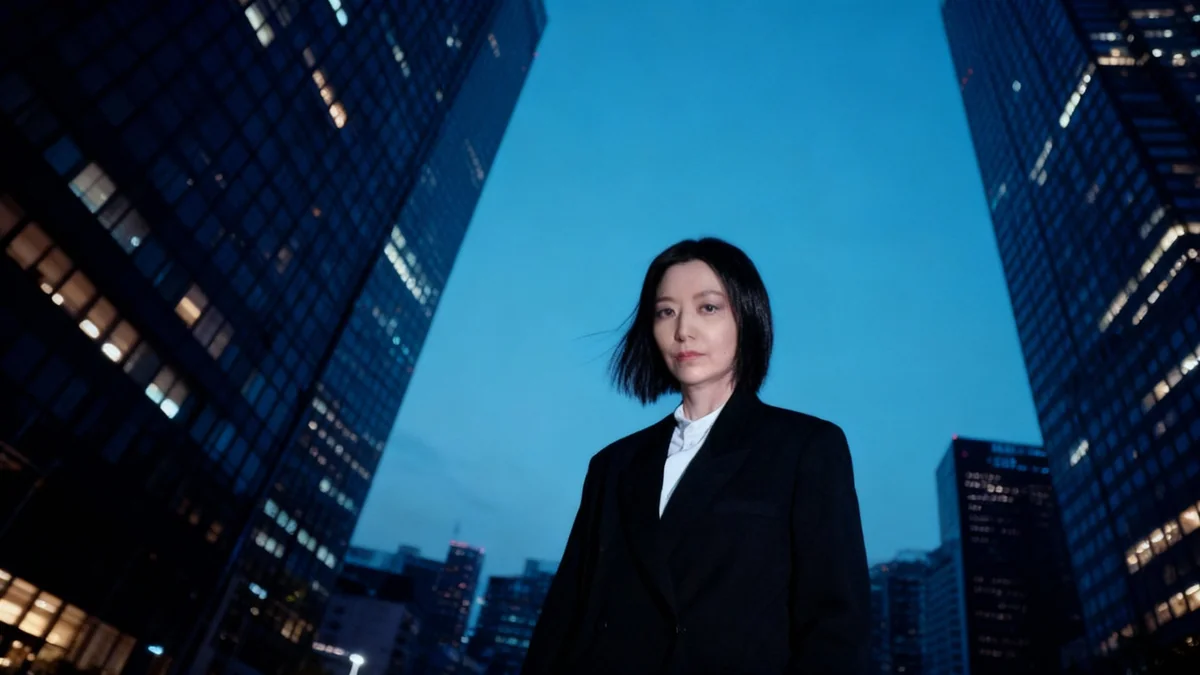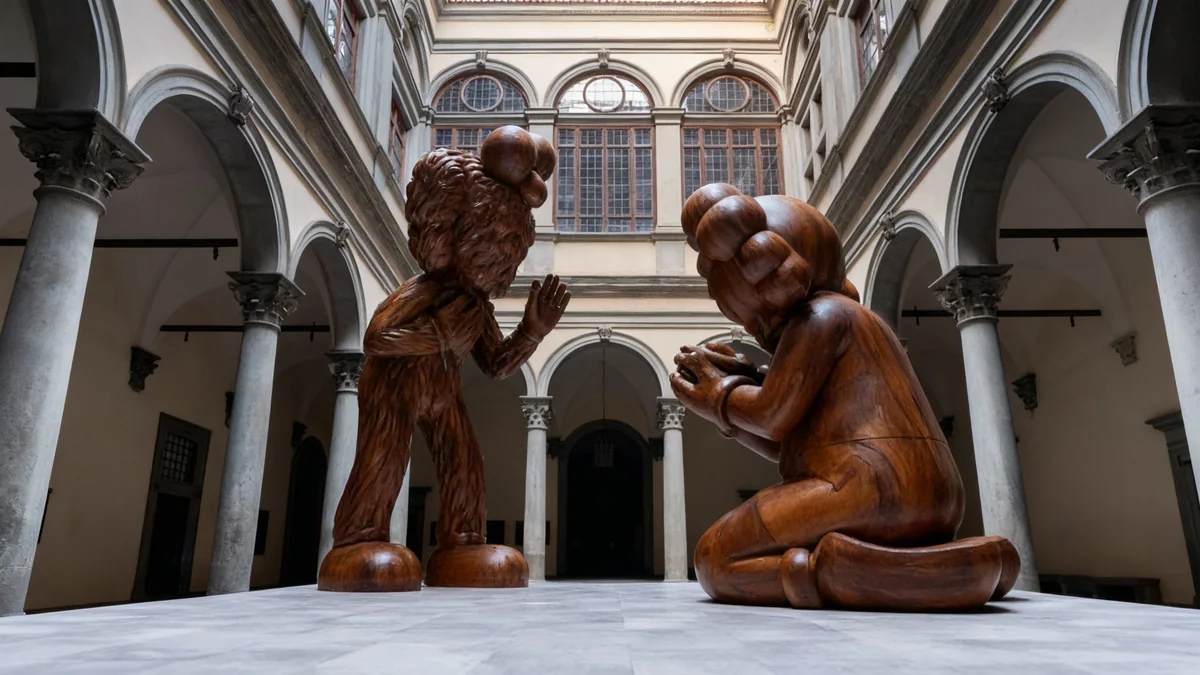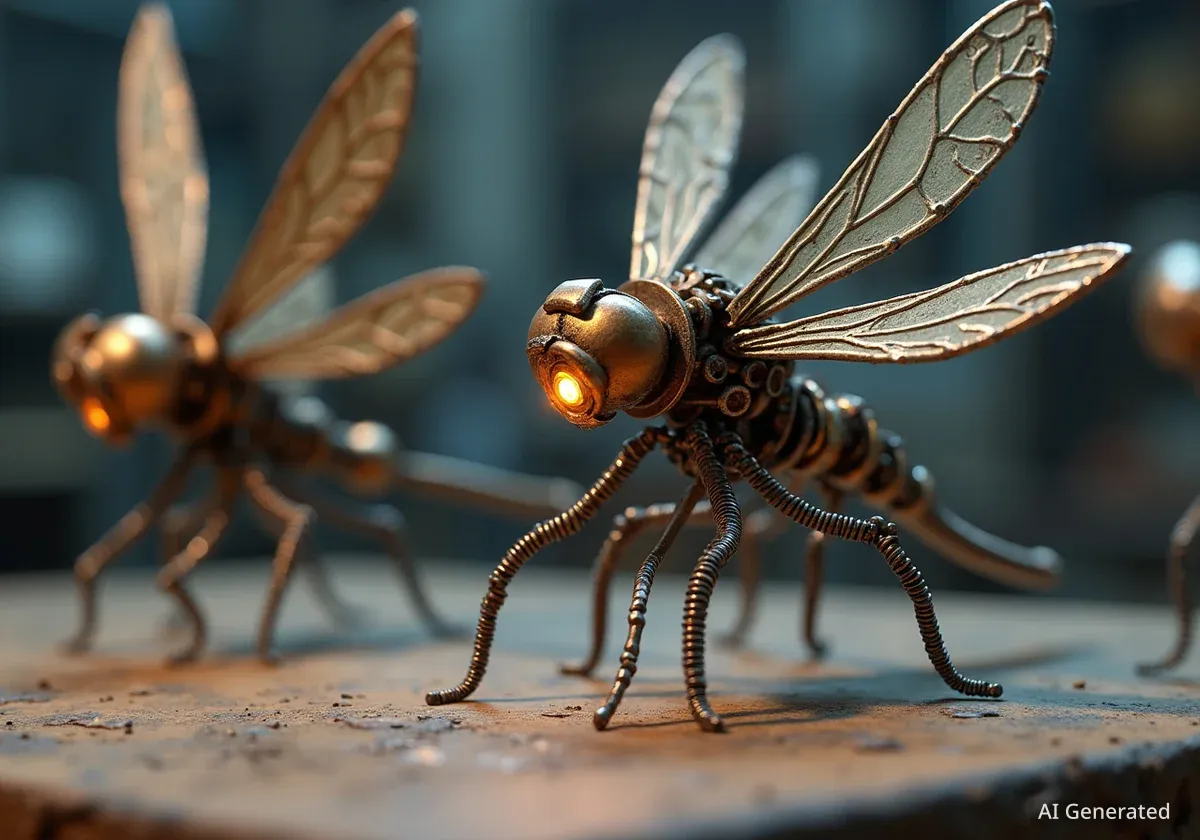Artist Ayoung Kim is gaining international recognition for her innovative video installations that explore the complex realities of digital labor and the future of human experience. Her acclaimed series, "Delivery Dancer," which originated during the pandemic, uses a blend of documentary, animation, and AI to depict the lives of delivery workers navigating a rapidly changing, digitally controlled world.
Key Takeaways
- Ayoung Kim's "Delivery Dancer" series examines digital labor and the precarity of the techno-society.
- Her work combines documentary footage, anime, AI, and gaming engines to create unique visual narratives.
- Kim conducted extensive research, including shadowing real delivery workers in Seoul during the pandemic.
- The artist recently won the $100,000 LG Guggenheim Award, elevating her global profile.
- Her first US solo exhibition, featuring the "Delivery Dancer" films, opens soon at MoMA PS1 in New York.
Art Reflects a Digitally Driven World
Ayoung Kim's work often delves into the lives of individuals whose existence is shaped by digital systems. Her video Delivery Dancer’s Sphere (2022) captures the intense, often disorienting, atmosphere of a world under lockdown, focusing on those who continued to work on the front lines. The film follows two female delivery workers as they navigate Seoul's intricate streets on motorcycles, guided by an app. Their journeys are not just about deliveries; they involve a compelling, almost combative, relationship between the two.
The visual style of Kim's videos is distinctive. She seamlessly transitions between documentary-style footage and animated sequences, incorporating artificial intelligence and gaming engines to craft her imagery. This multifaceted approach creates a visually rich and thought-provoking experience for viewers.
Fact: Research Immersion
To create the "Delivery Dancer" series, Ayoung Kim spent significant time with real delivery workers in Seoul. She shadowed one worker, riding as a passenger, to gain firsthand insight into their daily routines and the challenges they faced.
Understanding the "Techno-Precariat"
Kim's research process involved deep engagement with her subjects. She explained how crucial it was to experience their world directly.
"I had this one interviewee, this amazing, skillful delivery worker, and I realized it was impossible to understand what it was like unless I followed her," Kim stated. "So, I asked her to bring me."
This hands-on approach allowed Kim to observe the intricate details of their work, including how they interacted with employer apps, digital maps, and customer calls. She describes a modern societal class as the "techno-precariat," individuals whose lives are made unstable by the pervasive influence of digital platforms and large technology companies.
Kim questions how these digital overlords reshape our understanding of time and daily life. Her art prompts viewers to consider the unseen mechanisms at play behind the screens that govern so much of contemporary existence.
The Global Reach of Kim's Vision
While Ayoung Kim has been creating impactful video installations and artworks for over a decade, her international presence has grown significantly in recent years. Tate in London acquired Delivery Dancer’s Sphere in 2022. Since then, the film and its subsequent installments have been shown at various prestigious venues globally.
- M+ museum in Hong Kong
- Hamburger Bahnhof museum in Berlin
- MoMA PS1 in New York (first US solo exhibition)
- Performa festival in New York (new motion-capture work)
Context: A Rising Star
Ayoung Kim, 46, recently received the prestigious $100,000 LG Guggenheim Award, further cementing her status as a leading contemporary artist. This award highlights her significant contributions to the art world and her innovative use of technology in storytelling.
Filmmaking Beyond Traditional Cinema
Despite the cinematic quality of her work and screenings at film festivals, Kim notes that her art is not always categorized as traditional cinema. The "Delivery Dancer" series, particularly the three-screen installation Delivery Dancer’s Arc: 0° Receiver (2024), intentionally features a labyrinthine plot and shifts between genres and aspect ratios.
However, Kim approaches her projects with the meticulousness of a traditional filmmaker. She develops extensive shot lists and storyboards before production. The editing process, she admits, is where the narrative often becomes more complex and multi-layered.
"In editing, I change the plot quite a lot, in terms of the sequence of the scenes. I make it more labyrinthine in the end," Kim shared.
She draws inspiration from puzzling and non-linear filmmaking, including works by Alain Resnais and Hong Sang-soo. Kim values the "multiplicity" and the "possibility of opening multiple worlds" within a single shot or sequence.
From Graphic Design to Speculative Futures
Born in Seoul in 1979, Kim initially pursued graphic design at Kookmin University. A challenging period in her twenties led her to move to the UK, where she began studying photography at the London College of Communication. During this time, she engaged with postcolonial discourse, which led her to re-evaluate how Asian characters were represented in Western media, particularly in science fiction films like Blade Runner.
This critical perspective fueled her artistic exploration of agency and future possibilities for non-Western entities. Her early works, such as "PH Express" (2011–12), explored historical narratives like the British occupation of Port Hamilton. Later, "Zepheth, Whale Oil from the Hanging Gardens to You" (2014–15) reflected on Saudi Arabia's 1980s oil boom, a period when her father worked there as a migrant.
Around 2016, Kim's artistic direction shifted significantly after reading speculative science fiction by authors like Octavia Butler and Donna Haraway. She realized her role as an artist was not to simply recount history, but to imagine new futures.
Fact: Artistic Evolution
Ayoung Kim's artistic journey began with graphic design, moved into photography, and then evolved into complex video installations exploring postcolonialism, labor, and speculative futures, often incorporating advanced digital technologies.
Imagining Non-Linear Time and Entangled Love
Kim's recent and forthcoming works embrace a futuristic aesthetic, often conjuring worlds that feel decades, if not a century, ahead of our time. Her upcoming piece for the Powerhouse Parramatta museum in Sydney, for instance, envisions a gleaming mall hosting a "Dancer of the Year" contest – a film she promises will be an action movie.
Curators describe Kim's films as creating a non-linear sense of time, where characters are often caught in loops, attempting to escape but perhaps not truly wanting to. Ruba Katrib, curator of Kim's PS1 show, notes this cyclical nature. Defne Ayas, curator of Kim's Performa commission, also highlights the romantic undertones present in Kim's narratives.
A new motion-capture piece, Body^n., for the Performa festival, involves live stunt performers whose movements are translated into digital landscapes. This piece, with choreography assistance from Kim Cha-I of Netflix's Squid Game, explores intimate connections.
Kim herself acknowledges the romantic element in her "Delivery Dancer" characters, describing their interactions as a form of courtship.
"Their love stories will never be fulfilled in the entire universe," Kim explained, "because somehow, they meet and part and meet and part again and again, as the worlds reset and the stories restart again and again. It’s their destiny."
This blend of technological innovation, social commentary, and deeply human narratives positions Ayoung Kim as a significant voice in contemporary art, challenging viewers to reconsider their place in an increasingly digital and interconnected world.




